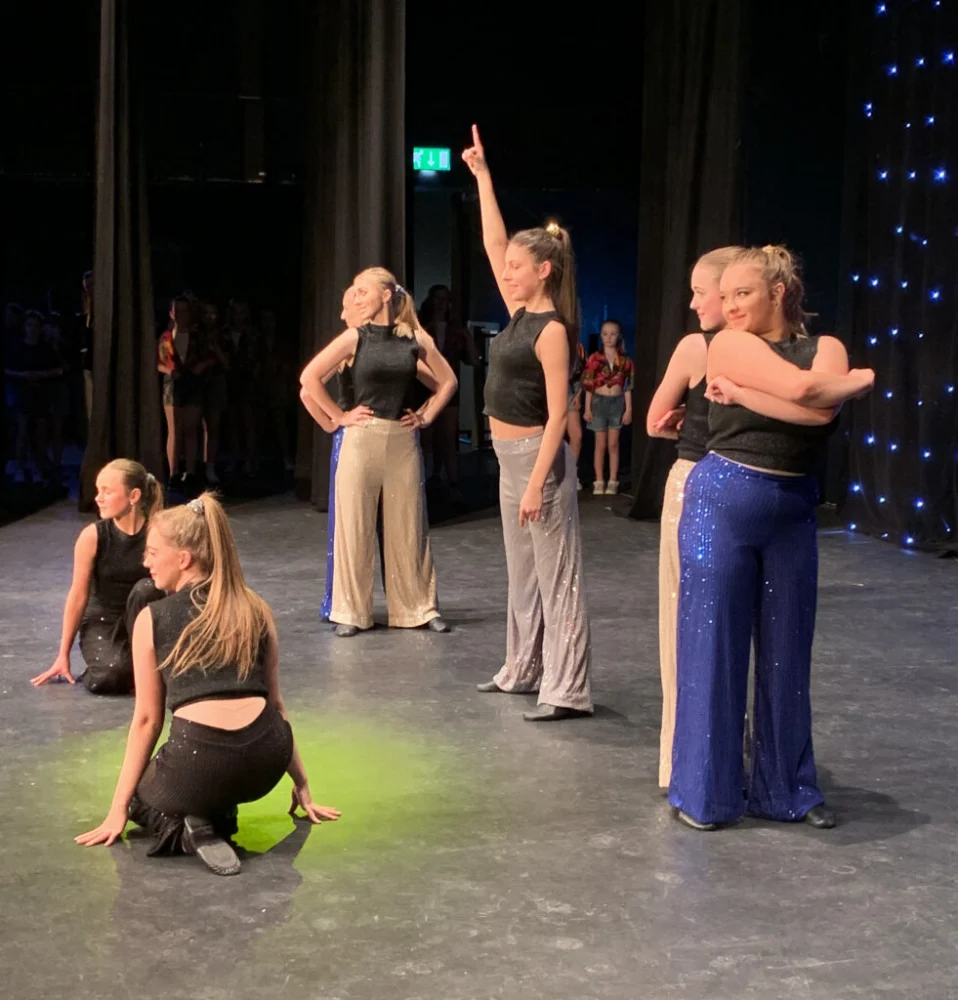
- dysart-school-dance-policies-and-clarification
- what-slow-dancing-means-in-a-modern-school-setting
- real-student-experiences-and-district-events
- why-schools-create-boundaries-around-dance
- how-to-dance-respectfully-and-creatively
- support-and-learning-opportunities-for-students
1. Dysart School Dance Policies and Clarification
“Can students slow dance at Dysart schools?” is a question that’s been circulating among students and parents in recent years — and it deserves a thoughtful answer. While there is no blanket ban on slow dancing in the Dysart Unified School District, policies do prioritize appropriate behavior, respectful conduct, and age-appropriate dancing. School administrators are not against students expressing themselves through dance, but they do maintain boundaries to ensure a safe and inclusive environment at school events like homecoming, prom, and dances.
1.1 Understanding the Intent Behind the Rules
The guidelines aren’t about banning fun — they’re about creating a respectful atmosphere where all students feel comfortable. Inappropriate dancing, of any style, is discouraged, but slow dancing in a traditional form is generally allowed as long as it aligns with school decorum policies.
1.2 Who Decides What’s Allowed?
Dance rules at Dysart schools are often decided by student leadership committees in collaboration with faculty and administrators. That means policies can slightly vary from one school to another — for example, what’s permitted at Shadow Ridge may be different than Valley Vista — though all must align with district-wide behavior standards.
2. What Slow Dancing Means in a Modern School Setting
2.1 The Changing Nature of Dance at School Events
Slow dancing today can mean many things. For some students, it’s a simple sway to a romantic ballad. For others, it’s more of a symbolic moment — that first dance with a date, or a special memory with friends. In most Dysart schools, as long as students maintain a respectful distance and conduct, slow dancing is embraced as a normal part of the high school experience.
2.2 Respect, Consent, and Personal Space
One of the key messages at Dysart is about consent and mutual respect. Students are encouraged to communicate openly and respectfully with their dance partners, ensuring that both feel comfortable and safe.
2.3 Dress Codes and Supervision
Most school dances also involve dress code policies and staff supervision. These measures aren’t there to restrict, but to support a safe and celebratory environment where slow dancing can coexist with upbeat songs and group fun.
3. Real Student Experiences and District Events
3.1 Prom Night at Dysart High
In spring 2023, students at Dysart High hosted a prom themed “A Night Under the Stars.” Many attendees reported that the highlight was the classic slow dance near the end of the night. Couples swayed to Ed Sheeran’s “Perfect” without incident. Faculty members praised the students for their maturity and respectful energy throughout the evening.
3.2 Student Council Insights
Student leaders at Valley Vista have shared that planning school dances always includes discussion about what types of music and dancing styles are appropriate. They’ve found that when students are given some voice in the rules, there’s more buy-in and fewer problems during events.
4. Why Schools Create Boundaries Around Dance
4.1 Protecting Student Wellbeing
Not every student feels comfortable with public displays of affection or intimate dancing. By encouraging more open and respectful dance styles — including slow dances done in a tasteful way — schools ensure that everyone can enjoy the event, no matter their background or comfort level.
4.2 Avoiding Misunderstandings and Conflict
Clear dance guidelines also reduce the chances of peer pressure, exclusion, or conflict. By fostering an inclusive space, schools minimize situations where someone might feel embarrassed or targeted during a social moment like a slow dance.
4.3 Focusing on Fun, Not Rules
Ultimately, these guidelines aren’t meant to stifle fun — they’re in place so that events can be remembered for the right reasons. Students who understand the purpose behind them are more likely to feel included and empowered during dances.
5. How to Dance Respectfully and Creatively
5.1 Learn the Basics of Formal Dance
If you’re planning to slow dance at your next school event, learning a few simple steps can make the experience smoother and more enjoyable. A classic box step or gentle sway, along with good posture and mutual awareness, can go a long way.
5.2 Express Yourself Without Overstepping Boundaries
You don’t need to sacrifice fun or creativity to follow school guidelines. Mix it up with creative footwork, twirls, or playful transitions into group dances when the song speeds up. Be expressive — but stay mindful.
5.3 When in Doubt, Ask
Teachers and chaperones are there to support you, not micromanage you. If you’re unsure about whether something is okay at a dance, asking ahead of time shows maturity and respect for your community.
6. Support and Learning Opportunities for Students
6.1 Dance Education Beyond School Walls
If you or your friends want to improve your dance skills or simply feel more confident on the floor, check out American Dance Academy. They offer classes designed for teens who want to master formal dances, partner etiquette, and fun group choreography — all while respecting school-appropriate guidelines.
6.2 Building Social Confidence
Dancing isn’t just about movement; it’s about self-expression, confidence, and connection. With the right mindset and preparation, school dances can become memorable milestones instead of nerve-wracking events.
6.3 Encouraging Leadership Through Dance
Many Dysart schools are seeing a positive trend: students using dance as a form of leadership — from organizing events to choreographing routines for assemblies. It’s more than just having fun — it’s about building community.
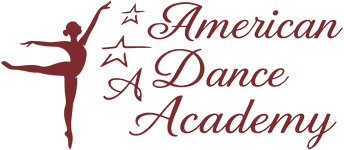
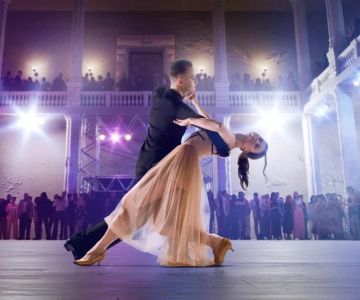
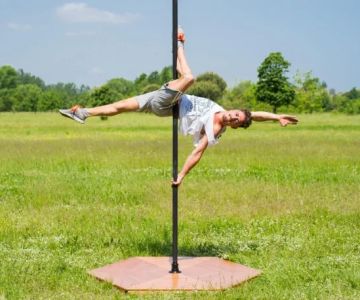
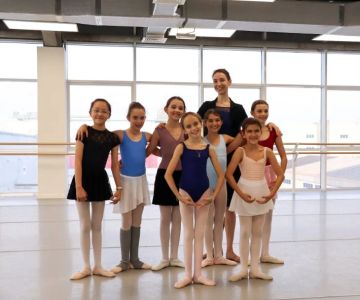
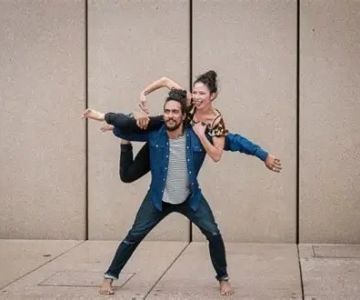

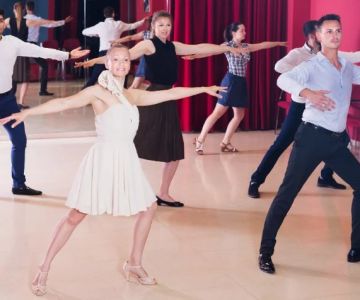
 Barrington Dance Academy5.0 (22 reviews)
Barrington Dance Academy5.0 (22 reviews)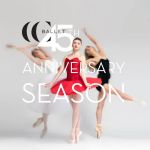 Canyon Concert Ballet4.0 (17 reviews)
Canyon Concert Ballet4.0 (17 reviews)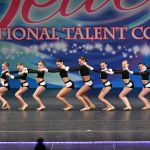 Big City Dance Center LLC4.0 (25 reviews)
Big City Dance Center LLC4.0 (25 reviews)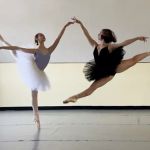 Tye Chua Dance & Kalamazoo Ballet5.0 (18 reviews)
Tye Chua Dance & Kalamazoo Ballet5.0 (18 reviews)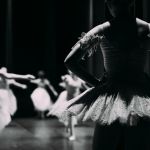 Fenton Ballet Theatre4.0 (24 reviews)
Fenton Ballet Theatre4.0 (24 reviews) Front Street Dance Center5.0 (7 reviews)
Front Street Dance Center5.0 (7 reviews)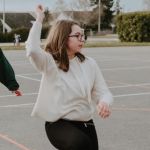 Are There Dances in Middle School? What Students and Parents Should Know
Are There Dances in Middle School? What Students and Parents Should Know How a Dance School in Instagram Builds Community and Success
How a Dance School in Instagram Builds Community and Success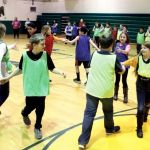 Why Do Schools Teach Square Dancing?
Why Do Schools Teach Square Dancing?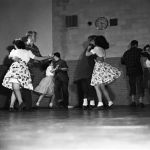 Why Was Square Dancing Taught in School?
Why Was Square Dancing Taught in School?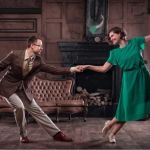 Why Swing Dance Is Popular for Adults
Why Swing Dance Is Popular for Adults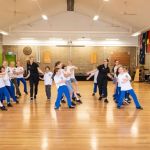 A School Dance: How to Prepare, Shine, and Make It Unforgettable
A School Dance: How to Prepare, Shine, and Make It Unforgettable